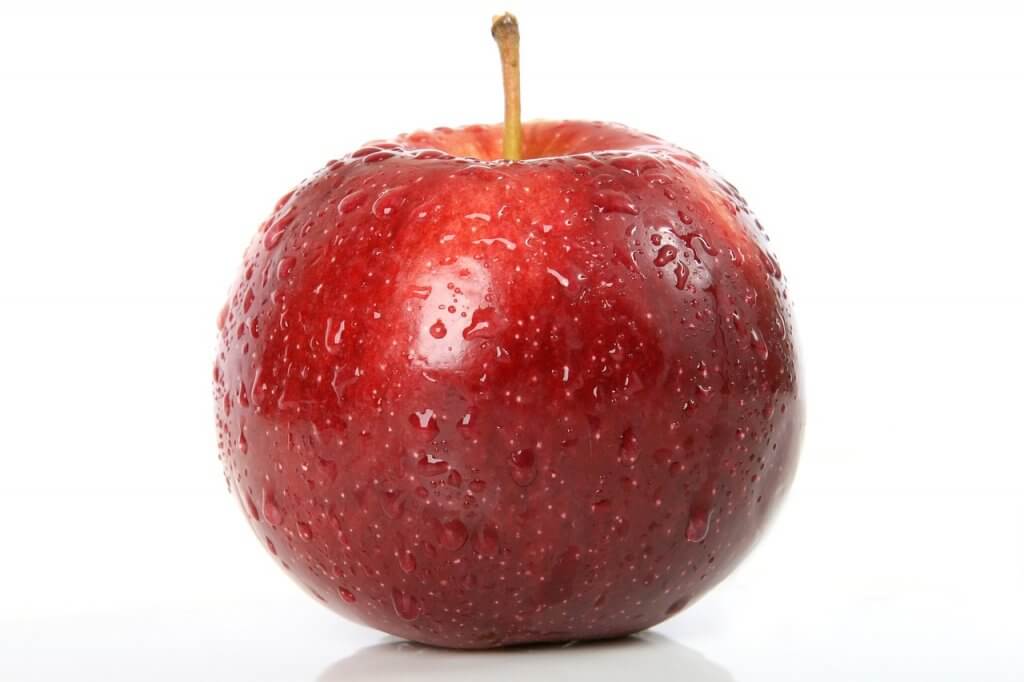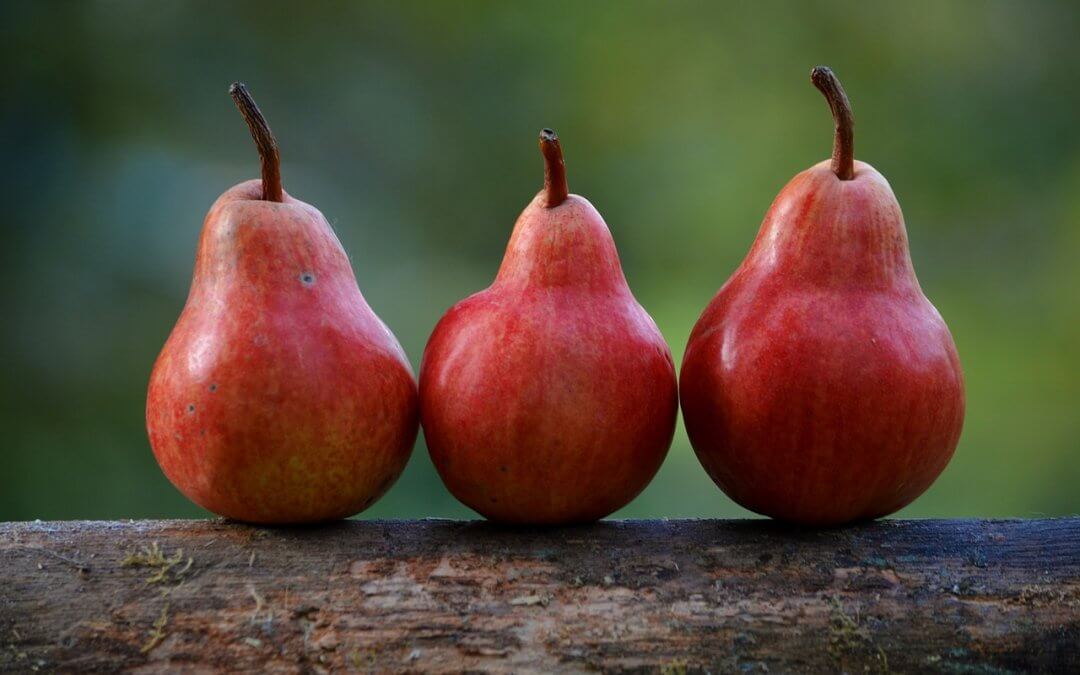You know how confusing it can be to make healthy choices when grocery shopping. Or eating out. Or buying a dark chocolate bar.
You do your best, yet you often feel like you overlooked something. Or misunderstood something. Or forgot to ask about something.
One year after my diagnosis, almost to the day, I attended a women’s conference in New York City.
Unlike other conferences and workshops, this 2-day event wasn’t health or nutrition focused.
It was women in business focused.
Women and entrepreneurship. Women and marketing. Women using their voice and experience to build businesses that make a difference.
Of course, the event organizers sought brand sponsorship aimed at who else? Women.
Many brands founded, owned and led by women were well represented. There were ~ 2,000 of us in attendance; they had an eager, captive and attentive audience.
During a break I noticed a table piled with dark chocolate bars. Not mini-chocolate bars, mind you; big-size chocolate bars.
The size you stash in your pantry for nightly nibbling or your handbag for long plane rides.
Unfamiliar with the brand, I examined the packaging. A woman-owned company based in Chicago (my adopted hometown) was rolling out a new product. This was a smart marketing move.
Always a fan of dark chocolate, I snagged two bars (my husband was flying out to meet me) and headed back to the meeting.
Later, I dug out the chocolate for an after-dinner sweet bite. That’s when I read the entire label, including the ingredient list.
Stamped in huge letters on the front was ALL NATURAL. Printed in small letters on the back was SOY LECITHIN.
Since when is SOY LECITHIN a natural ingredient?
You don’t need a nutrition degree to know, it isn’t.

How Erroneous Food Labeling Hurts Everyone
You’re committed to eating nourishing food. You rely on labeling to help you make decisions that support your commitment.
If that labeling misrepresents what’s inside, you feel duped!
Not only is that unfair, it’s messing with your health.
Especially after a breast cancer diagnosis, you want to know what you’re eating. I know I sure do.
You also know how confusing it can be to make healthy choices when grocery shopping. Or eating out. Or buying a dark chocolate bar.
You do your best, yet you often feel like you overlooked something. Or misunderstood something. Or forgot to ask about something.
It’s exhausting, and for some women, a trigger for food anxiety and fear.
Eating shouldn’t be like that.
I mean, come on! It’s tricky enough to make conscious choices for health without disingenuous food labeling.
So what are you, a health conscious eater supposed to do?

What NATURAL Really Means
I could do an entire blog post on decoding food labeling – and I will.
But not today.
Today, let’s focus only on the term “natural.”
As I write this, the FDA has not yet set a definition of “natural.” (1)
What does that mean for you?
It means you can’t rely on “natural” to mean what you THINK it means. Wholesome, nourishing, and nothing artificial comes to mind, right?
Not so fast, my friend.
From “Read It Before You Eat It”:
“The FDA has not set a definition for the word “natural.” Moreover, there’s no real consistency among manufacturers regarding this term.
This term is meant to convey that the product has no artificial ingredients or intentional additives, however, you’ll find many of the “natural” foods filled with sugar, fat, and preservatives.
“Natural” does not mean “organic.” “Natural” generally has the connotation that the food doesn’t contain artificial ingredients and is minimally processed. However, the term isn’t regulated and carries more weight than it should.” (2)

How to Outsmart the “Natural” Claim
- Always read the INGREDIENT label, regardless of what you see on the front of the packaging.
- Watch for added sugar, artificial ingredients and/or colors. “Natural” doesn’t guarantee you won’t find those ingredients in the item you’re considering. Also, look for ingredients you may be allergic to or intolerant of. This is also where you’ll spot harmful or unhealthy ingredients (like hydrogenated oils).
- Get familiar with other words for “sugar.”
- If you want to reduce (versus avoid completely) ADDED sugar, learn what other terms mean “sugar.” (The True Does Sugar Feed Cancer Story) “Natural” can still appear on the label of a food containing ADDED sugar. You don’t have to avoid ADDED sugar, but you deserve to make the choice whether to eat it or not.
- Remember, WHOLE FOODS are always “natural.”
- I understand it’s not always possible to buy and/or eat a 100% whole foods diet. Let’s be realistic, for heaven’s sake! But as often as you can, buy foods that aren’t processed/packaged. When you DO buy packaged foods, confirm that you would use the listed ingredients in your own kitchen.
About that SOY LECITHIN
Still curious about SOY LECITHIN?
I thought so.
Lecithins (less-i-thins) are naturally occurring oily substances. They’re found in plants (soybeans and peanuts) and animals (egg yolks and calf liver).
Soy lecithin is an emulsifier. It helps prevent components of certain foods from “separating”. It’s also used to extend shelf life.
In our chocolate bar, for example, it keeps the cocoa and the cocoa butter from separating.
You may already be eating soy lecithin and not even know, as it’s found in places you wouldn’t expect. Margarine, baked goods, convenience foods and chewing gum are but a few.
Soy lecithin is also used in non-food sources, like cosmetics, pharmaceuticals and adhesives.
Lecithin is a byproduct of soybean oil production. It’s extracted from soybeans using mechanics or chemicals (hexane). (3, 4)
What Should YOU Do?
- Don’t buy into the “natural” hype – you’re onto them!
- Do your ingredient label homework and you’ll make choices with confidence.
- It’s a personal decision whether to eat foods containing soy lecithin or not. It’s used in very small amounts, generally.
- When I’m doing the food purchasing and there’s an ingredient label to read? I tend to steer clear if I see it. But, when I eat in a restaurant? There’s no way to know. Because I don’t eat out often, it doesn’t concern me too much.
- When I do eat out, I like to order “whole” food options (veggies, pasta, beans, grains). I prefer to keep sauces and dressings minimal (ask instead for olive oil, vinegars, tahini – all examples of “whole” foods).
And most of all? Enjoy it!
Now, Tell Me YOUR Label Stories!
In the comments below, please tell me your own tales of label frustration. I want to know!
___________________________________________
Want to learn the basics of a breast cancer diet from me, a registered dietitian and breast cancer survivor?
Create your OWN customized nutrition plan! CLICK HERE.
_____________________________________________
Hello! Want my FREE nutrition & fitness JUMPSTART worksheet? CLICK HERE.
SOURCES
- “Natural” on Food Labeling
- Read It Before You Eat It. How to Decode Food Labels and Make the Healthiest Choice Every Time. Bonnie Taub-Dix, MA, RD, CDN
- What is Soy Lecithin and Why is it Found in So Many Products?
- History of Soy Lecithin




